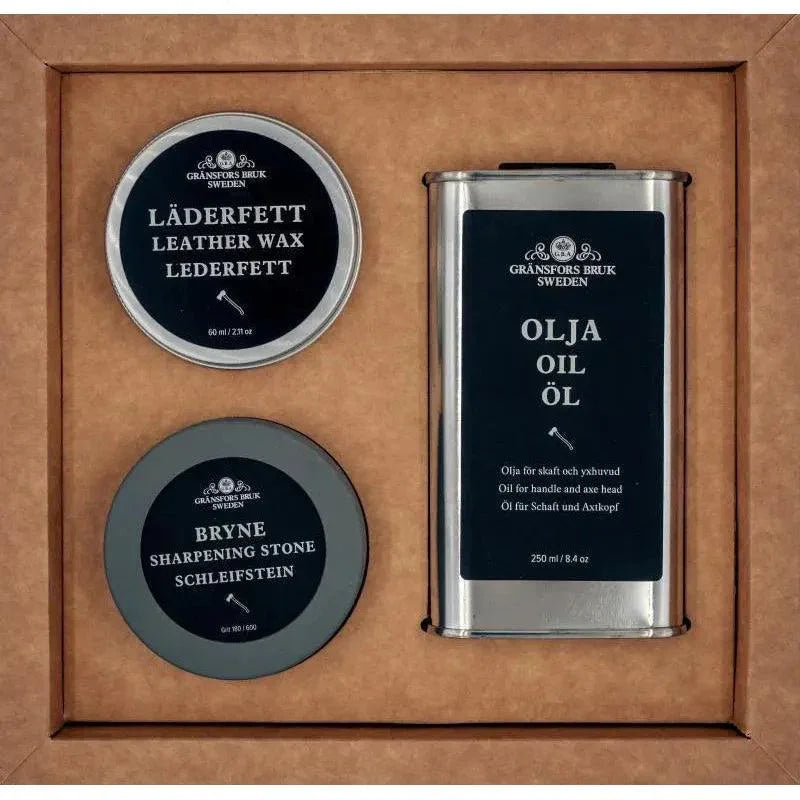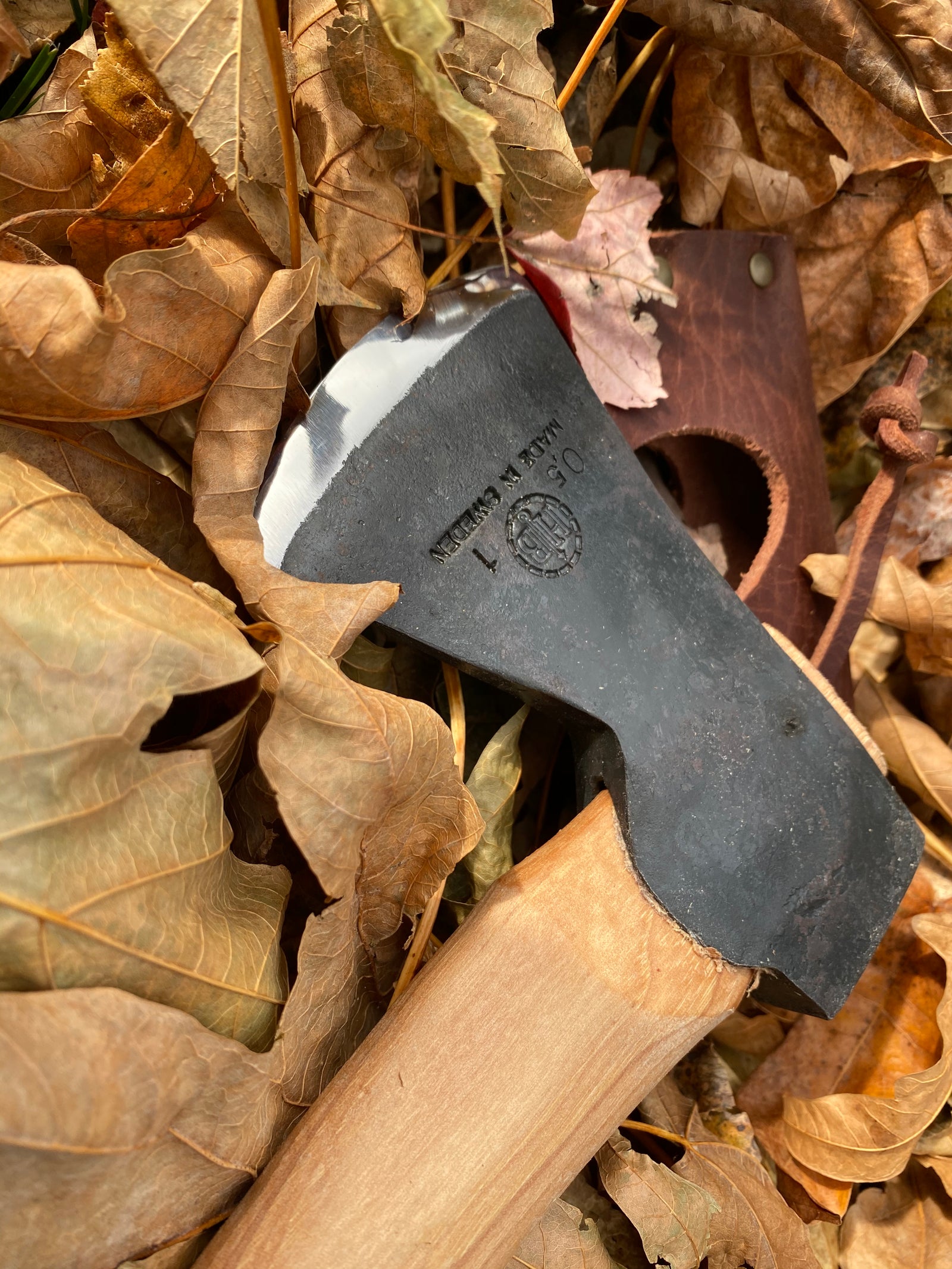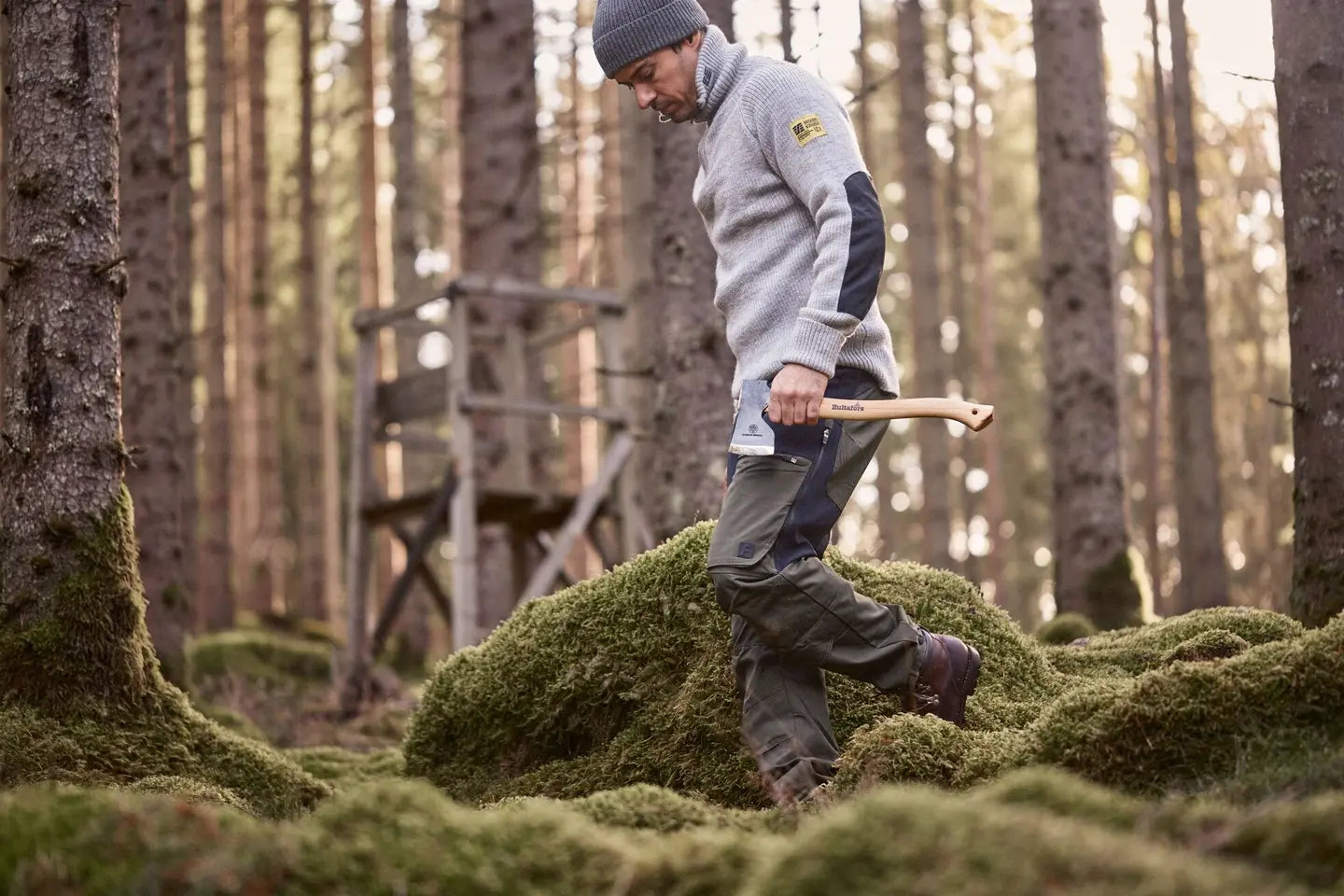Silky saws, also known as Japanese saws, are highly prized by woodworkers and professionals alike for their superior cutting abilities and precision. But what makes Silky saws stand out from the rest?
First, it's important to understand the difference between Western saws and Japanese saws. Western saws, which are the most common type found in hardware stores, have teeth that are angled towards the handle. This allows for efficient cutting, but can also create a lot of sawdust and requires more force to use.
On the other hand, Japanese saws have teeth that are angled away from the handle. This allows for a smoother, cleaner cut with less resistance. The teeth of a Silky saw are also much finer than those of a Western saw, allowing for even greater precision and minimal material loss.
One of the biggest benefits of using a Silky saw is the fact that they can cut on the pull stroke, rather than the push stroke like Western saws. This allows for greater control and less fatigue for the user. Additionally, the handle of a Silky saw is typically longer and more ergonomic, making it easier and more comfortable to use for extended periods of time.
Silky saws are also known for their durability and long-lasting sharpness. The blades are made from high-quality carbon steel and are resistant to rust and wear. With proper maintenance, a Silky saw can last for years, making them a worthwhile investment for any woodworker.
In conclusion, Silky saws are a top choice for professionals and hobbyists alike due to their exceptional cutting abilities, precision, and durability. If you're in need of a new saw, consider giving a Silky saw a try – you won't be disappointed.
























Leave a comment (all fields required)